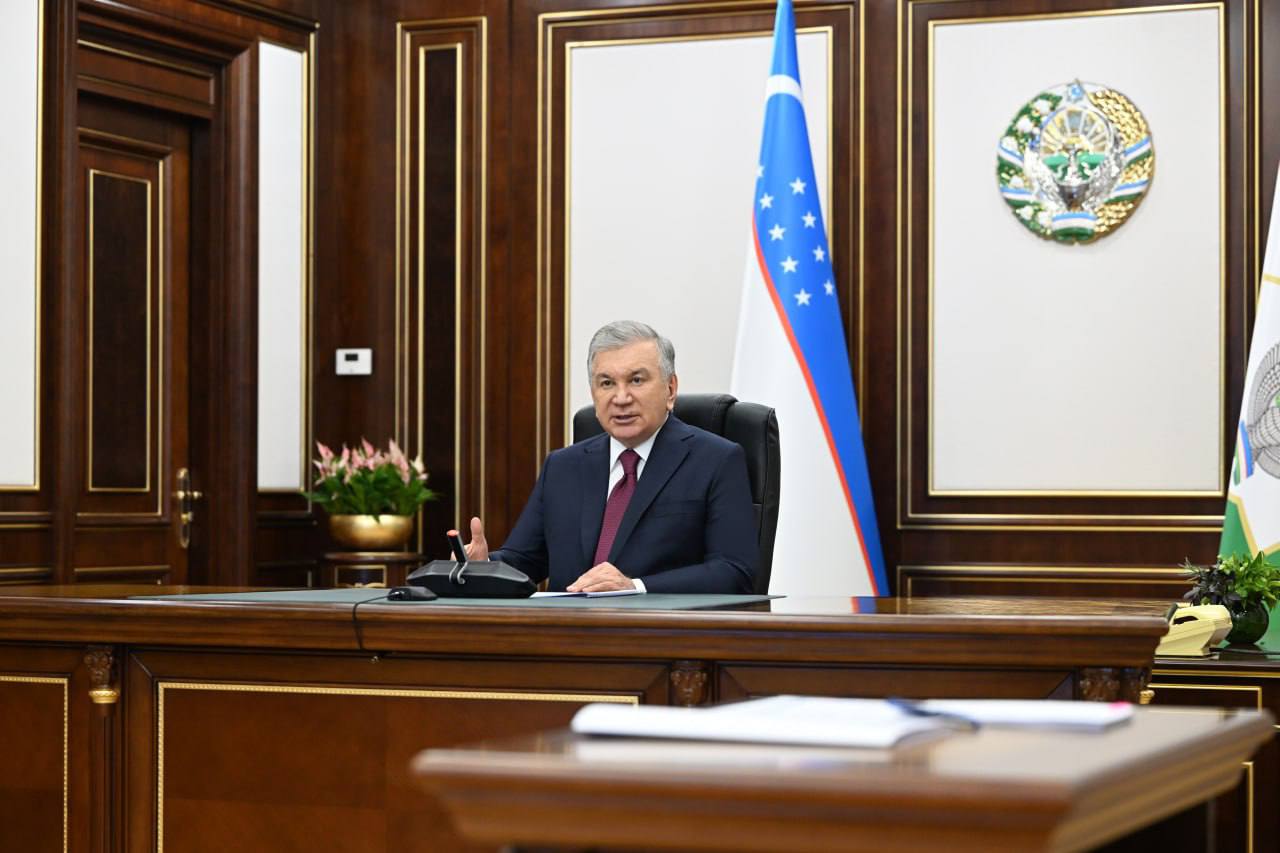President Shavkat Mirziyoyev reviewed new approaches to employment and vocational education systems on July 25, according to the President’s press service. The initiatives were presented during a formal briefing, as reported by the presidential administration.
Since the start of the year, models grounded in international best practices have been progressively implemented in this domain. The banking sector, in particular, has intensified its engagement with local communities, providing support to bolster employment opportunities. Preliminary data indicates that over 3 million individuals have been successfully integrated into income-generating employment during the first half of the year.
The nation’s poverty reduction system, along with allocated resources, is yielding tangible results. As of July 1, the national poverty rate has decreased to 6.8 percent.
The quality of vocational education remains a crucial element in enhancing employment prospects. This necessitates amplified collaboration with employers, improved training programs, and proactive involvement from the private sector. The misalignment of educational curricula with labor market demands continues to pose a significant challenge in the preparation of skilled professionals.
Certain regulations in labor relations are creating complexities for businesses, particularly small enterprises. The utilization of digital technologies in the hiring process remains suboptimal. Existing rules also lack incentives for employers to openly advertise job vacancies, leading to skewed statistics, hindering accurate labor market analysis, and obstructing the formation of relevant training programs.
During the presentation, new initiatives and measures designed to address these issues were unveiled.
Under the proposed new approaches, employment agencies are slated to transition from regulatory bodies to employer-oriented service providers. Specifically, the elimination of penalties for non-disclosure of job vacancies and refusal to hire referred candidates is being considered. This would allow employment agencies to gather reliable data and effectively match job seekers with suitable positions, while the final hiring decision remains with the employer.
To facilitate this model, a dedicated electronic platform will be developed, initially launched in Tashkent as a pilot program, and subsequently expanded nationwide.
Furthermore, job vacancies for which specialists are scarce will be prioritized in vocational training programs, enabling targeted workforce development.
To improve the quality of vocational education, plans are underway to engage private sector representatives in the activities of Vocational Skills Centers, with some centers specializing in specific industries.
Authorities have been tasked with transitioning to a three-tiered vocational education system. This includes the introduction of free online video courses, as well as providing employed citizens with opportunities for retraining or upskilling through “professional vouchers.”
President Mirziyoyev emphasized that the development of a skilled workforce is a critical factor in reducing unemployment and poverty in the country.

